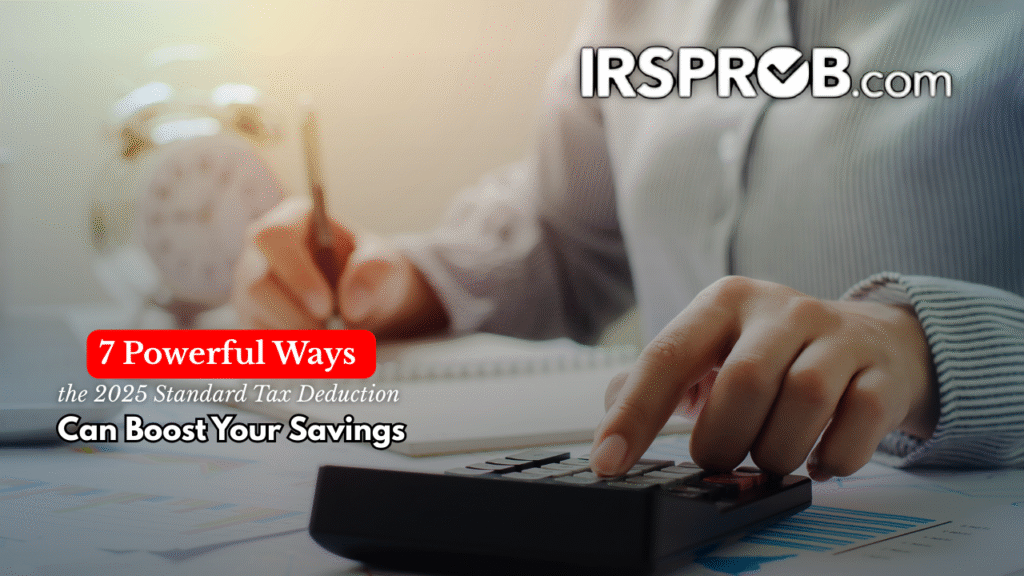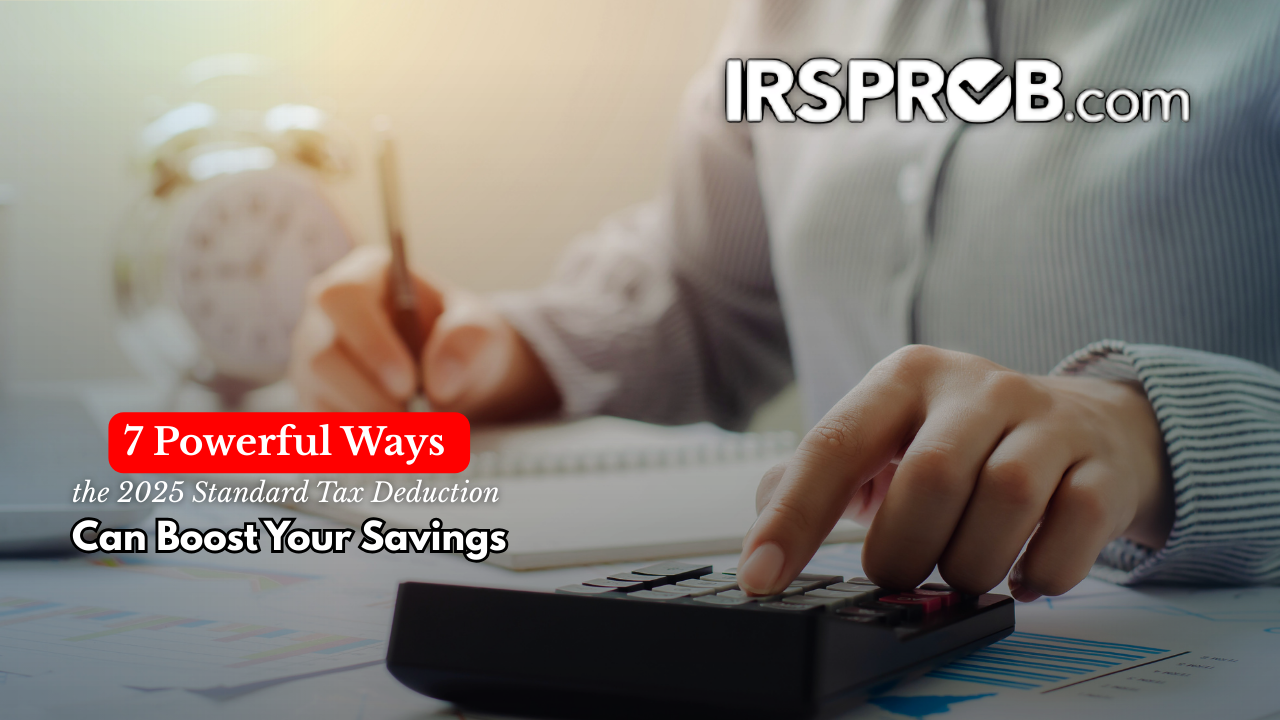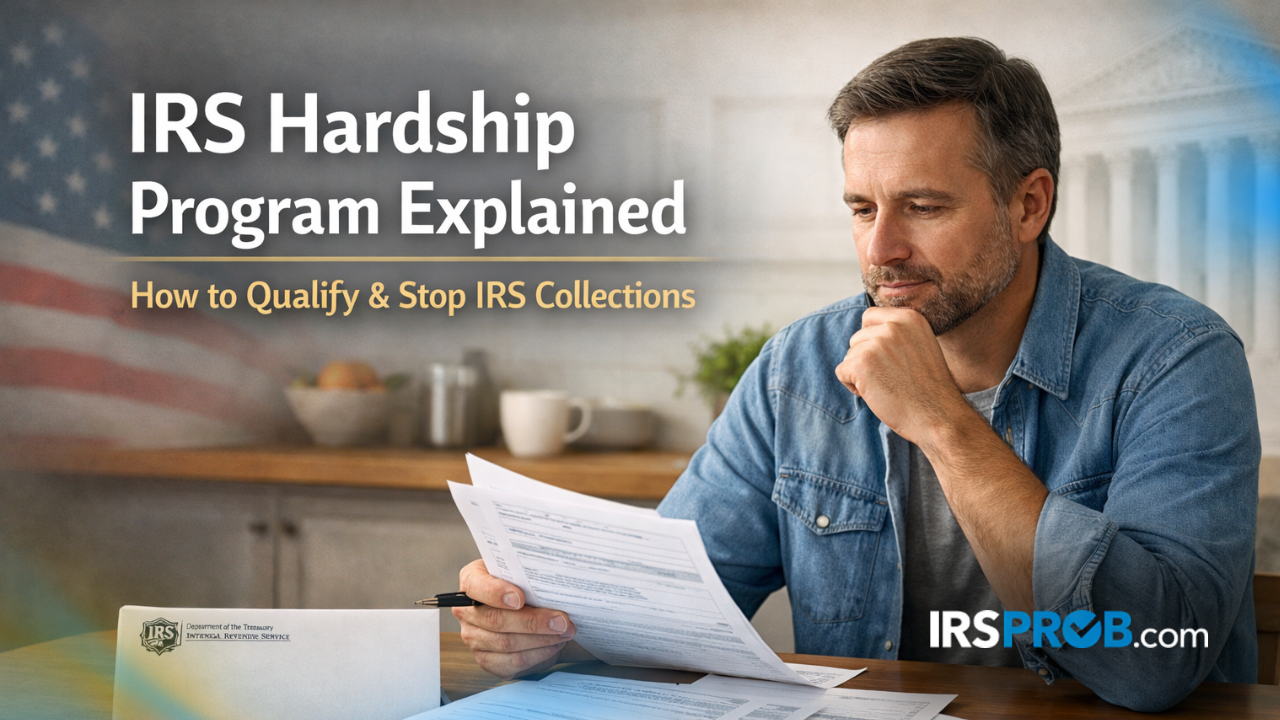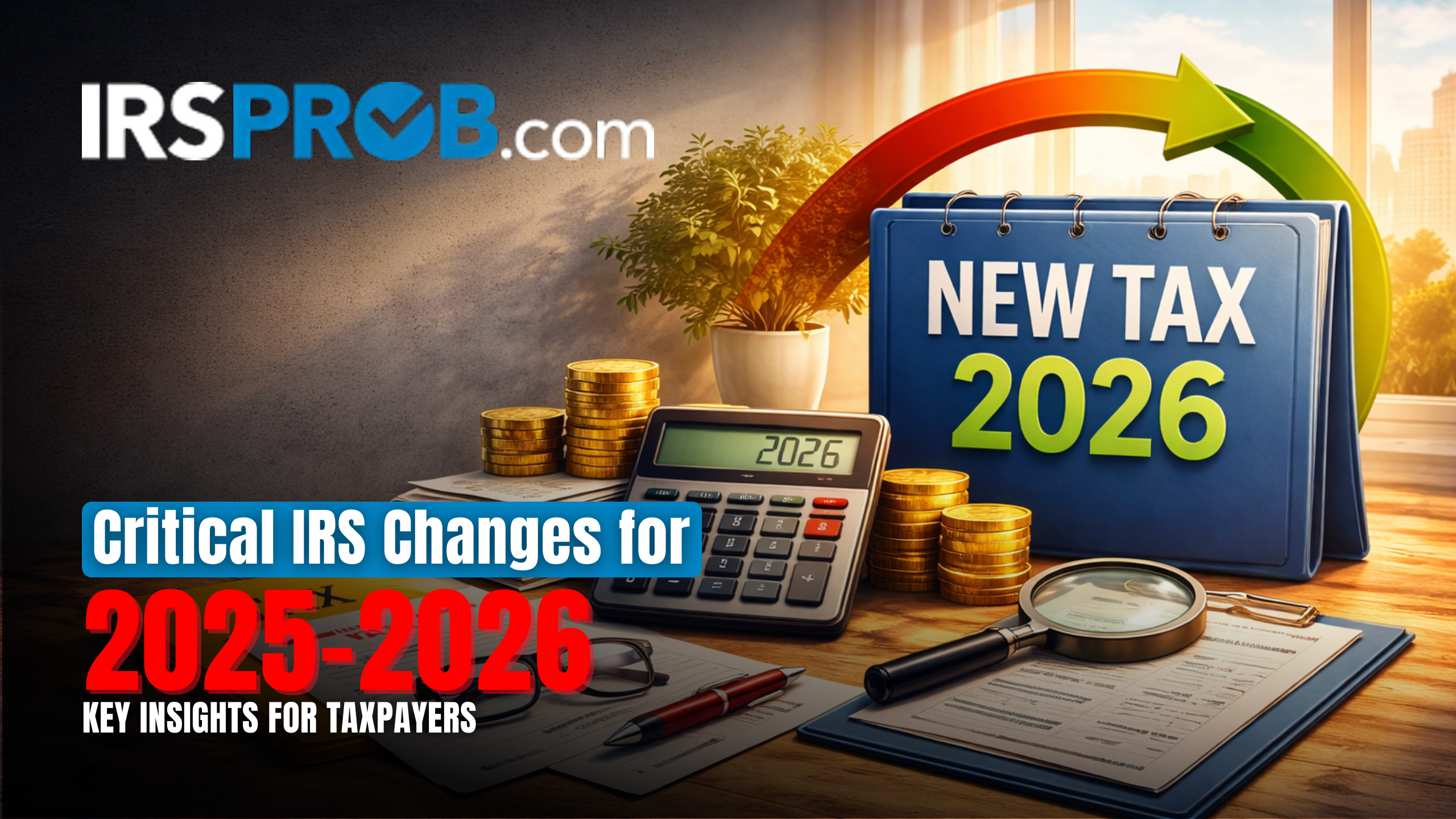
The standard tax deduction has always been one of the most powerful tools for lowering taxable income, and in 2025 it gets even better. Thanks to the One Big Beautiful Bill Act (OBBBA), the deduction levels first expanded under the 2017 Tax Cuts and Jobs Act (TCJA) are not only preserved but increased. For taxpayers of all ages, this means more income sheltered from the IRS and less stress during filing season.
What Is the Standard Tax Deduction?
The standard tax deduction is a flat amount the IRS allows taxpayers to subtract from taxable income if they don’t itemize deductions. It simplifies filing, removes the need for stacks of receipts, and ensures every taxpayer gets at least some relief.
For many, the standard deduction is more valuable than itemizing mortgage interest, charitable donations, or medical bills.
2025 Standard Deduction Amounts
For tax year 2025, the OBBBA raises deduction levels beyond what was already scheduled:
Single filers: $15,750 (up from $15,000)
Married filing jointly: $31,500 (up from $30,000)
Head of household: $23,625 (up from $22,500)
Starting in 2026, these amounts will adjust annually for inflation.
The IRS also provides an additional standard deduction for people age 65 or older, or blind. For 2025, that means:
$2,000 extra for an unmarried filer age 65+ or blind
$1,600 extra for each qualifying spouse on a joint return
This ensures older taxpayers and those with visual impairments get further relief.
Want to explore how this affects seniors specifically? Read our guide to senior tax deductions
Why the OBBBA Matters
The OBBBA (2025) makes the higher standard deduction permanent. Without it, deductions would have reverted after TCJA expired. In simple terms:
More income shielded every year
Less reliance on itemizing
Predictability for long-term tax planning
This stability benefits both families and retirees who need consistent rules for budgeting.
Standard Deduction vs. Itemizing
A common question: Should I take the standard deduction or itemize?
Take the standard deduction if your itemized deductions (mortgage interest, charitable contributions, etc.) are lower than your allowed standard deduction.
Itemize if your deductible expenses are significantly higher than the standard deduction.
The IRS offers a worksheet and guide to compare both methods.
How the Standard Deduction Saves Money
Here’s an example:
Maria, single, income $60,000 (2025):
Subtract standard deduction: $15,750
Taxable income = $44,250
Without the standard deduction? Maria would be taxed on the full $60,000, costing thousands more in taxes.
For married couples, the benefit doubles. At $31,500, the deduction is a massive tax shield before income is even taxed.
The deduction itself is automatic, but planning can help you maximize it.
If your itemized deductions are close to the threshold, consider making two years of donations in one year to exceed the standard deduction.
Out-of-pocket costs are deductible only if they exceed 7.5% of AGI. If you have a major procedure planned, consider timing it in the same year as other large deductions.
Putting money into a 401(k) or IRA not only builds retirement savings but lowers AGI, making it easier to qualify for other credits on top of the standard deduction. Check the latest IRS contribution limits.
If you’re 65 or older, don’t forget the additional deduction on top of the basic one. Learn more here.
Standard Deduction and Tax Brackets
The 2025 tax brackets also remain in place due to OBBBA. This means the standard deduction works hand-in-hand with existing marginal rates. For many taxpayers, this will keep them in lower brackets.
See the full breakdown in the IRS 2025 inflation adjustment release.
When the Standard Deduction Isn’t Enough
Some taxpayers, particularly high earners with large mortgages or property taxes, may still benefit more from itemizing.
If you’re unsure, IRSProb’s tax professionals can run the numbers and compare scenarios.
Common Questions on Standard Tax Deduction
Q: Does the standard deduction change every year?
Key Takeaways
The standard deduction for 2025 is $15,750 single / $31,500 joint / $23,625 HoH .
Seniors and the blind get extra deductions: $2,000 (single), $1,600 each (joint).
The OBBBA makes these increases permanent, ensuring stability after 2025.
Itemizing may still help if deductions exceed these thresholds.
For tailored strategies, contact IRSProb or call 214-214-3000.







